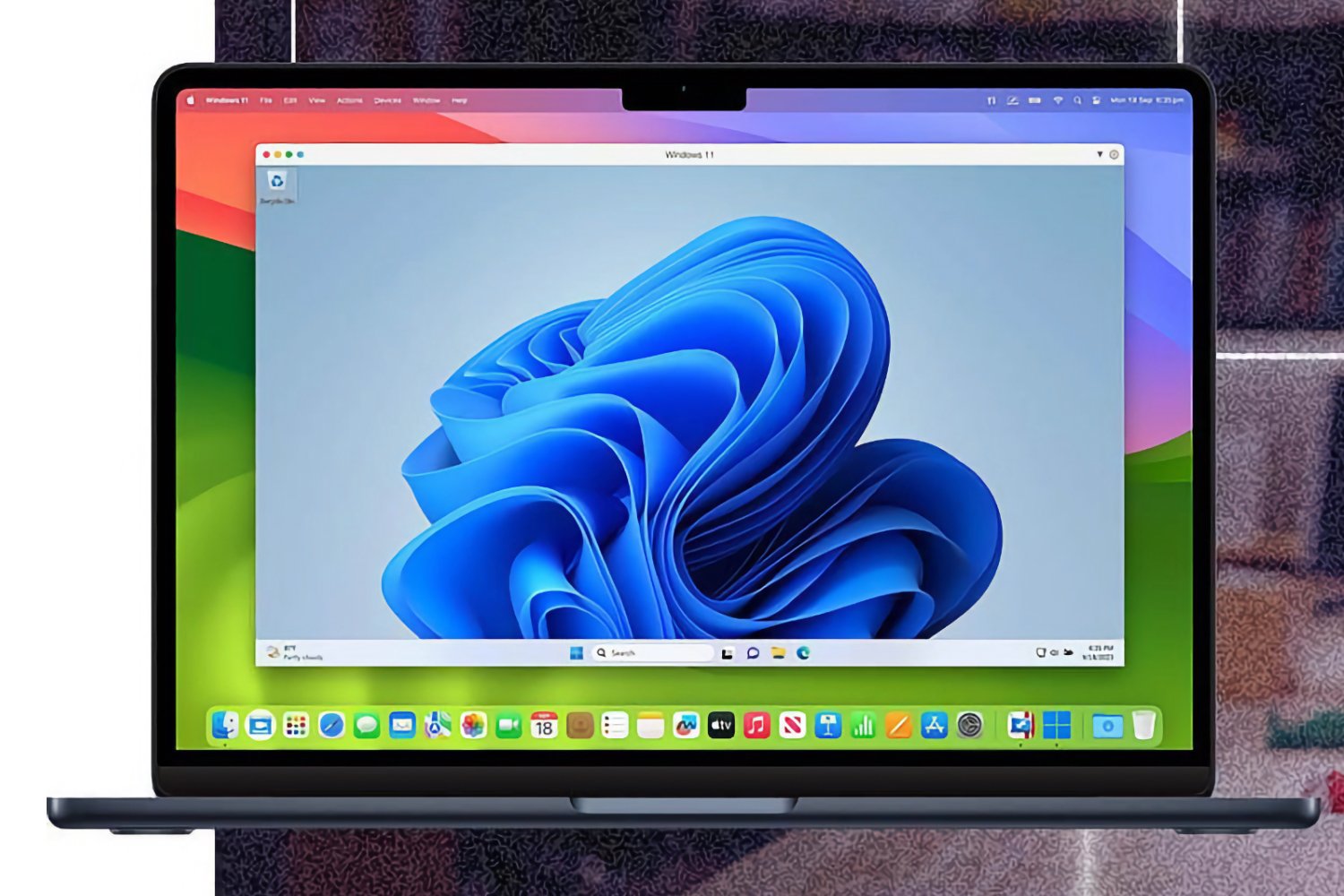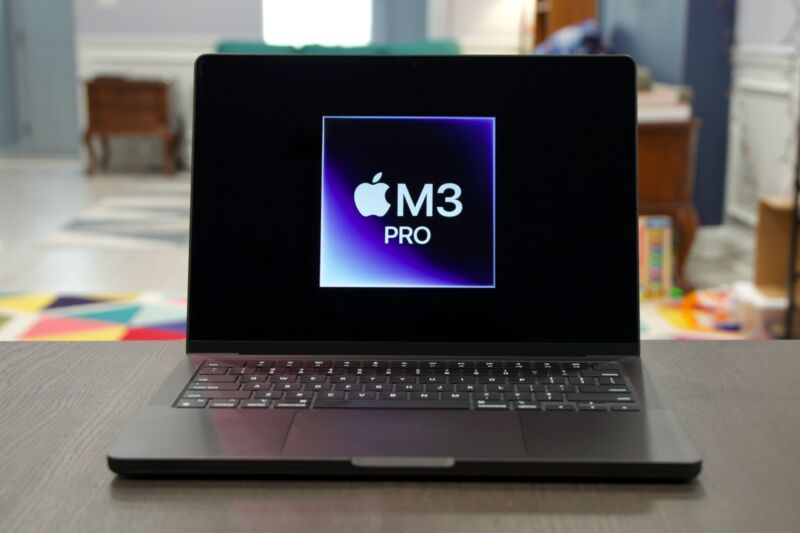-
 chevron_right
chevron_right
What to expect from Apple’s May 7 “Let loose” event
news.movim.eu / ArsTechnica · Yesterday - 20:58

Enlarge / The promotional image for Apple's May 7 event. (credit: Apple)
On May 7, Apple will host a product announcement event at 9 am ET. Labeled "Let loose," we expect it will focus on new iPads and iPad accessories.
We won't be liveblogging the stream, but you can expect some news coverage as it happens. Below, we'll go over our educated guesses about why Apple might be doing this.
Why hold an event now?
It's unusual for Apple to host an event shortly before WWDC. New products debut at that event all the time, so if it's just a faster chip and a nicer screen for the iPad Pro and iPad Air, why not wait until June?









